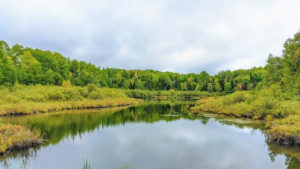This article was submitted for publication by Tara Daun, the Watershed Coordinator for the Wisconsin Farmers Union. The article was edited by Mid-West Farm Report.
Back in September, farmer-led councils across the state submitted applications to receive funding. They applied for support to improve the quality of water coming off agricultural fields. In early November, local groups were notified of funding awards. Each council could apply for up to $40,000 for activities in 2024.
The beauty of this project is the flexibility it provides. Farmers are working without a regulator telling them precisely what they have to do, and all adopted practices are voluntary. This allows farmers to try new things like seeding cover crops with a drone or dialing back their synthetic fertilizers.
Natural Resources Conservation Service and county agencies often have higher payments for similar practices. However, farmers working with a farmer-led council can get a smaller payment to try out practices without the burden of creating a contract with the government. This process can be slow and paperwork intensive.
These funds are part of the Producer-Led Watershed Group program. The state supports this program. If you’re a farmer in Wisconsin, you may have heard about these groups, often called Farmer-Led Watershed Councils. In 2024, 47 groups across the state will see funds. With a budget of $1 million, DATCP received application requests from the councils totaling over $1.5 million. Because of this, almost every group got less than requested. Locally, the Hay River council requested $20,000 for funding their incentive program, but got less than $10,000. Although they didn’t get everything they asked for, the farmers will keep working together toward the council’s goals.
What will the farmers be doing with those funds?
Each council requested funds for a slightly different reason. Many groups run an incentive program. These programs take applications from local farmers and pay them for practices they implement to protect water quality or soil health. The incentivized practices depend on what the councils choose as priorities. Using their experience and knowledge, they look at what will make a real difference to the watershed, what is feasible for farmers to try, and what a reasonable payment rate for that practice would look like. Common incentives among groups are testing soil to increase fertilizer efficiency, planting cover crops, and converting field edges to buffer zones. Many groups also improve farmer knowledge and experience with conservation practices through demo plots, such as the cover crop and tillage test plots managed by the Horse Creek Farmer-Led Watershed Council and hosting field days and educational events.
The goal of each council is to come up with solutions that are flexible and make sense for the neighborhood. Each neighborhood of farmers has different priorities and different activities they work on. Dry Run farmers are prioritizing slowing down erosion and nutrient loss at the edge of fields, especially adjacent to streams and sinkholes, with buffer zones where long-term root systems can slow down water flow and absorb excess nutrients before they leave the field. They have hosted field days and a self-guided buffer tour highlighting the benefit of buffers. On top of this, they offer a generous and flexible buffer incentive payment for converted acres. Meanwhile farmers in the Hay River watershed have focused on dialing back fertilizer use through Haney soil testing. To the south, farmers of the South Kinnikinic watershed emphasize nutrient management plans.
One concern that folks have about the councils: ensuring farmers use the grants responsibly toward actual conservation. So how do councils ensure that the activities they pay for actually happen? They work with partners. Each council works with a partner entity, sometimes a local county Land Conservation Department, sometimes an industry group like a dairy association, or a general agricultural group like the Wisconsin Farmers Union. In each case, the partner entity works to keep track of the applied practices and confirms they were completed. Member farmers help by referring neighbors to the programs and explaining the details of how and why they designed the program the way they did and following up to answer practical questions applicants might have.
So why do farmers join these councils?
There are a variety of reasons farmers find them useful. Some farmers, like Jake Erickson of the Dry Run council who is transitioning to the main operator of his grandfather’s farm note that it’s helpful to see what other farmers are doing and talk through things with them.
Erickson notes: “I am less leery towards cover crops and prairie strips, really all of it, because I see everyone trying it and that helps me know that I’m not crazy.”
Rick Hofland, a dairy farmer in the Horse Creek watershed of Polk County, recently joined his local council, and finds the council useful as he explores how to control erosion while managing manure on his fields. He used their incentive program as he started using cover crops and expanded soil sampling on his farm.
Hofland says: “I have also attended events by council members where the rainfall simulator presentations were given and was impressed with how changing weather has affected erosion.”
Cole Hanson is a young farmer in the River Falls area and a member of the South Kinnickinnic Farmer- Led Watershed Council.
When asked what he hopes to learn by participating in his group, Hanson answers: “I like getting ideas from other people about what’s working and what’s not working. I have talked with mentors about how to make stuff work better in terms of conservation.”
Andy Cormican has participated for the last several years with the Hay River Famer-Led Watershed Council. He has used their incentive program to help mitigate costs of planting cover crops and to try out new, more expensive, Haney tests on his farm. He has worked with his father and the council to host field days that share what he’s learning, helping other farmers learn to reduce their fertilizer costs and subsequent loss from the field while increasing profits.
Beyond learning from each other and together, farmers participating in farmer-led councils also feel that they have a stronger voice to talk about their stewardship to the non-farming community.
Would you like to join a farmer-led council in your area? Visit farmerledwatershed.org or contact northwest regional farmer-led coordinator, Tara Daun at tdaun@wisconsinfarmersunion.com or at 715-492-0329.


